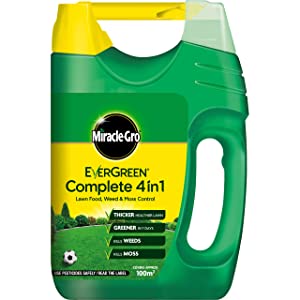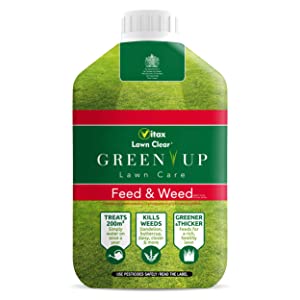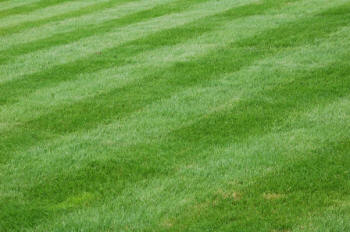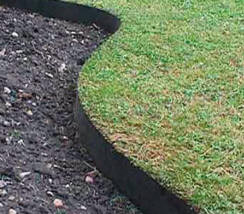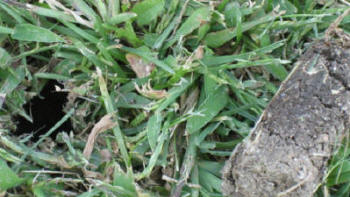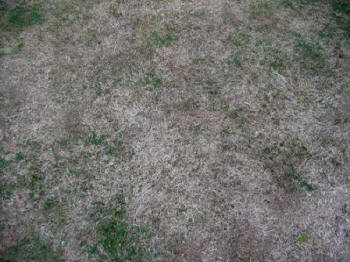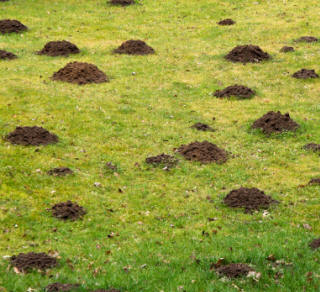For most, the safest fertiliser would be one of the brand names on sale at your garden centre or supplier. It stands to reason that the big
brands have much experience in providing as fail-safe as possible, a product for turning your grass green without too many hiccups unless
you ignore their instructions!
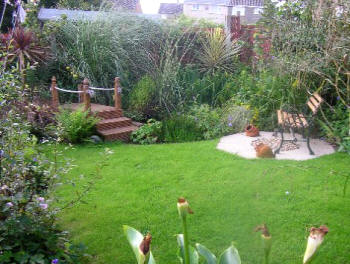
Garden Grass and Ponder Seat
Most established and cared-for lawns will only need a dedicated feed rather than a combined feed, weed and moss-kill variation. If you do not have weeds, or moss, there is nothing to be gained by trying to kill them! On the contrary, it can be argued quite forcibly that you are just throwing chemical at the environment.
If you have a weed problem
that cannot be sorted by spot treatment, then a combined fertiliser weed-kill is the route to go. You may have no option, for many garden centres seem to major on stocking the 3 in 1 version!
If your lawn has been invaded by moss often visible after the first cut or so, then you can uses a combined feed and moss application. The
moss application is a short term measure you need to do something about the root cause of moss in lawns.
If you only want feed and want a dig at the garden centre then use cheaper and environmental-friendly chicken pellets!
There are chemicals other than dedicated lawn fertilisers that can be used. Here we talk about reliability and tried and tested methods!


